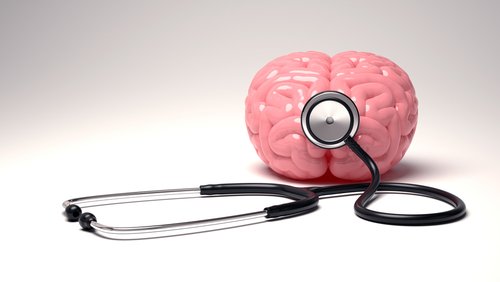Researchers Discover Why Defects Form in Blood Brain Barrier of Huntington’s Patients
Written by |

Researchers have discovered why Huntington’s disease (HD) patients have defects in the blood-brain barrier that contribute to the symptoms of this neurological disorder.
Their study, “Huntington’s Disease iPSC-Derived Brain Microvascular Endothelial Cells Reveal WNT-Mediated Angiogenic and Blood-Brain Barrier Deficits,” was published in Cell Reports.
“Now we know there are internal problems with blood vessels in the brain,” Leslie Thompson, University of California at Irvine (UCI) professor of psychiatry and neurobiology, and the study’s senior author, said in a press release. “This discovery can be used for possible future treatments to seal the leaky blood vessels themselves and to evaluate drug delivery to patients with HD.”
The blood-brain barrier is an important protective layer that prevents harmful molecules from reaching the brain. Previous studies have demonstrated that patients with Huntington’s and other neurodegenerative diseases have defects in this protection, among other symptoms. But the reason for these defects were unclear.
Researchers from UCI, in collaboration with colleagues from Columbia University, Massachusetts Institute of Technology, and Cedars-Sinai Medical Center genetically reprogrammed cells collected from Huntington’s patients to transform them into induced pluripotent stem cells (iPSCs).
iPSCs are immature cells that can be stimulated to acquire new features similar to those found in more mature cells. Taking advantage of this, the researchers stimulated the new iPSCs into brain microvascular endothelial cells (iBMECs), which are the cells forming in the interior lining of blood vessels. These endothelial cells are essential to form a tight layer of cells preventing blood components to escape the vessels.
Analysis of the HD-derived iBMECs showed that production of the mutant huntingtin protein (the hallmark of Huntington’s disease), caused abnormal expression of a network of genes. This changed protein activity led to a disruption of the normal function of these cells, impairing their capacity to form new vessels and disrupting their protective capacity.
Among the altered genes, the researchers identified some that belonged to a signaling pathway known as Wnt. The hyperactivation of Wnt cascade can help explain the defects of the blood brain barrier in Huntington’s patients since it is known to be involved in the formation and preservation of the barrier.
The effects of mutant huntingtin in HD-iBMECs were prevented when the cells were exposed to a compound called XAV939 that inhibited the Wnt pathway.
“We show a proof-of-concept therapy where we could reverse some of the abnormalities in the blood vessel cells by treating them with a drug,” Thompson added.
“The future direction of this study is to develop ways to test how drugs may be delivered to the brain of HD patients and to examine additional treatment strategies using our understanding of the underlying causes of abnormalities in brain blood vessels,” said Dritan Agalliu, assistant professor of pathology and cell biology at Columbia University Medical Center and the study’s co-senior author.





